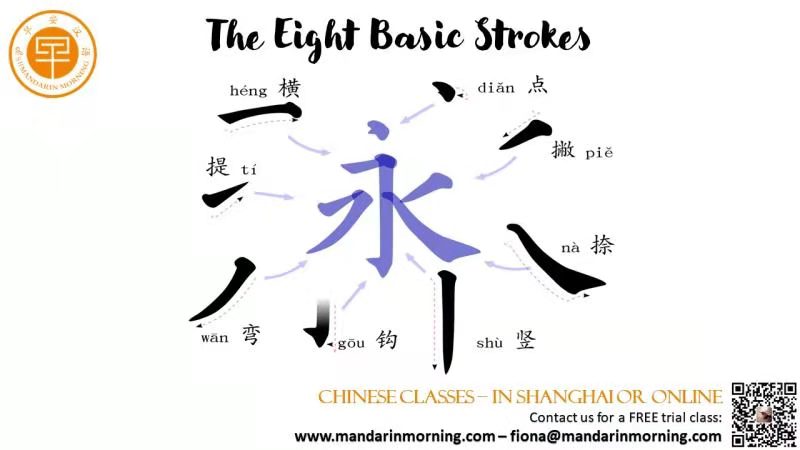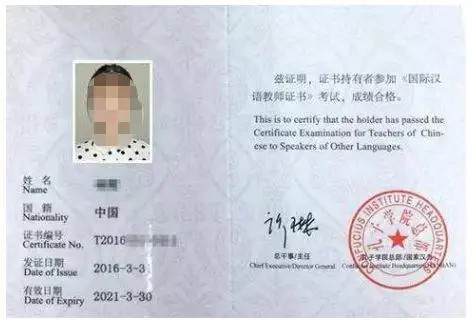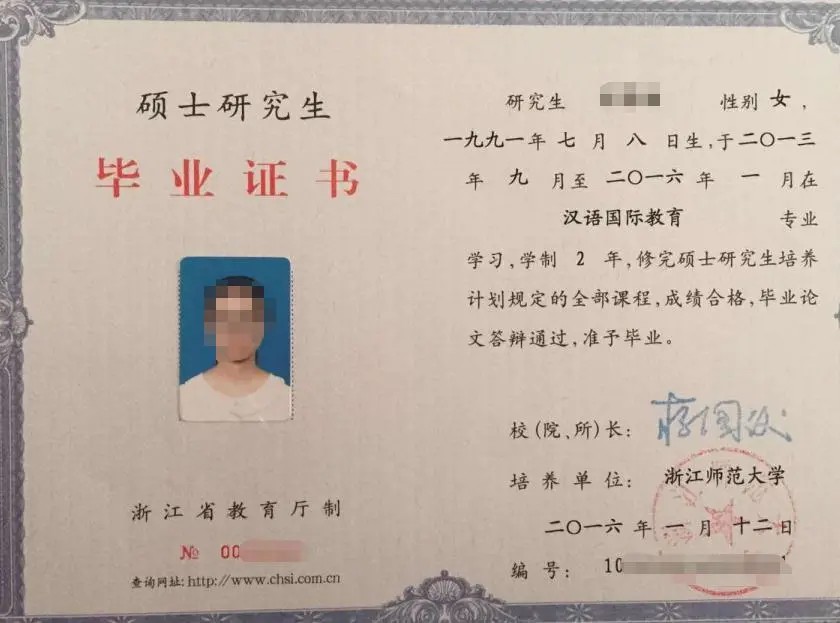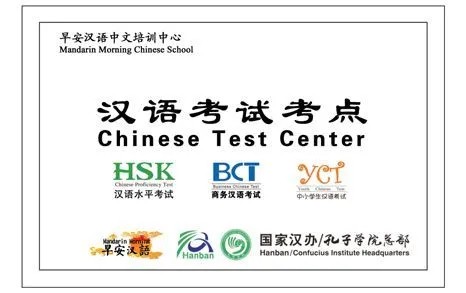| The earliest forms of Chinese writing date from the Xia Dynasty (2070 - 1600 BC). These were etched on animal bones and turtle shells which are known as oracle bones. The writing on oracle bones is known as 甲骨文 (jiăgŭwén). Oracle bones were used for divination by heating them up and interpreting the resulting cracks. The script recorded the questions and answers. Jiăgŭwén script clearly shows the origins of current Chinese characters. Although much more stylized than the current characters, jiăgŭwén script is often recognizable to modern readers.  Evolution of Chinese Script The Jiăgŭwén script consists of objects, people or things. As the need for recording more complex ideas arose, new characters were introduced. Some characters are combinations of two or more simpler characters, each of which can contribute a particular meaning or sound to the more complex character. As the Chinese writing system became more formalized, the concepts of strokes and radicals became its foundation. Strokes are the basic gestures used to write Chinese characters, and radicals are the building blocks of all Chinese characters. Depending on the classification system, there are about 12 different strokes and 216 different radicals. The Eight Basic Strokes There are many ways to classify strokes. Some systems find up to 37 different strokes, but many of these are variations. The Chinese character 永 (yǒng), meaning "forever" or "permanence is often used to illustrate the 8 basic strokes of Chinese characters. They are: diǎn, (点) "Dot" héng, (橫) "Horizontal" shù, (竖) "Erect" gōu, (钩) "Hook" tí, (提) "Raise" wān, (弯) "Bend, curve" piě, (撇) "Throw away, slant" nà, (捺) "Pressing forcefully" All Chinese characters are composed of these 8 basic strokes, and knowledge of these strokes is essential for any student of Mandarin Chinese who wishes to write Chinese characters by hand. It is now possible to write in Chinese on the computer, and never write the characters by hand. Even so, it is still a good idea to become familiar with strokes and radicals, since they are used as a classification system in many dictionaries. Stroke Order Chinese characters are written with a codified stroke order. The basic stroke order is "Left to Right, Top to Bottom" but more rules are added as the characters become more complex. Stroke Count Chinese characters range from 1 to 64 strokes. The stroke count is an important way to classify Chinese characters in dictionaries. If you know how to write Chinese characters by hand, you will be able to count the number of strokes in an unknown character, allowing you to look it up in the dictionary. This is a very useful skill, especially when the character's radical is not evident. Stroke count is also used when naming babies. Traditional beliefs in Chinese culture hold that a person's destiny in greatly influenced by their name, so great care is taken to choose a name that will bring good fortune to the bearer. This involves choosing Chinese characters that are in harmony with each other, and which have the proper number of strokes. Simplified and Traditional Characters Beginning in the 1950s, the People's Republic of China introduced simplified Chinese characters to promote literacy. Close to 2,000 Chinese characters were altered from their traditional form, in the belief that these characters would be easier to read and write. #Our teachers # More than 10 years teaching experience Master Degree Certificate for teaching chinese as a foreign language   # About us # Founded in 2007 Chinese test and training center 200+ Chinese teachers 5000+ students  # Contact us# Name:fiona Phone number:021-52287809,13918358891 E-mail:info@mandarinmorning.com www.mandarinmorning.com If you are interested to join Mandarin Morning school or want more details about our services, scan the following QR code. ☟   Mandarin Morning Chinese test center attached to Confucius institute headquarters Authorized Test Center and Training Center for International Chinese Language Teacher Certificater 10 years+ ,200 teachers ,more 10000 students,200+companies  |